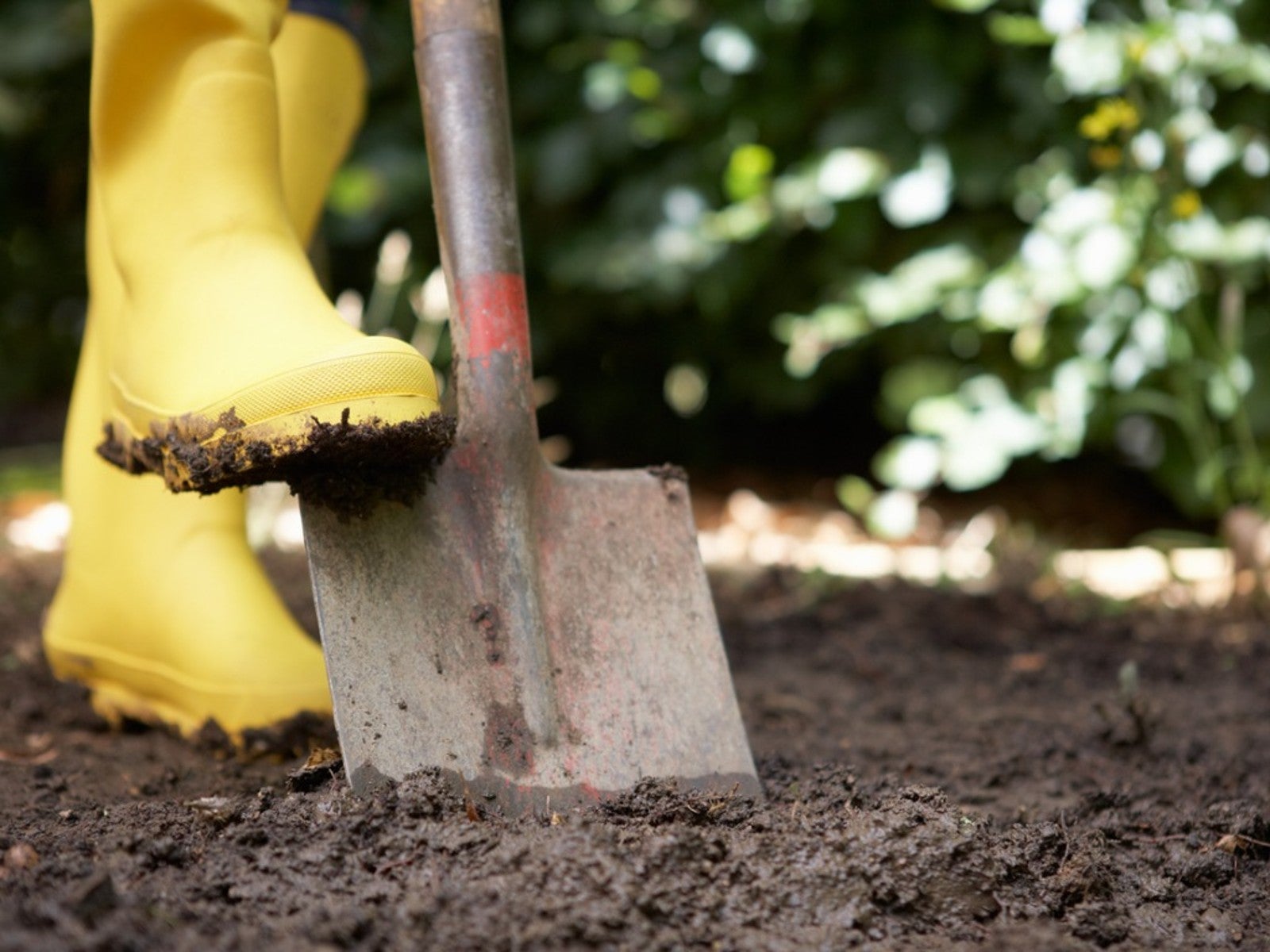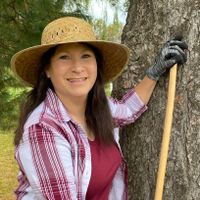Reasons To Avoid Planting When Soil Is Wet


Is it ok to plant in the rain? Of course, we're talking about those times when the soil is wet and soggy. Melting snow and heavy rains can create these conditions in the spring, which makes it difficult to plant a veggie garden on time. Should gardeners wait or forge ahead and plant anyway?
Should You Avoid Planting When Soil is Wet?
Soggy soil conditions in the spring are a common problem for many gardeners. Some years are worse than others. At times, it can feel like the gardening season is slipping away each day planting is delayed due to wet weather. So is planting vegetables in wet soil really all that bad?
Unfortunately, the answer is yes. Planting when soil is wet destroys the healthy soil structure you've worked so hard to build. The result is compacted soil which can take years to repair. Furthermore, compaction can happen in several ways.
If you're wondering if planting in the rain is safe, be aware that simply walking on saturated ground can lead to soil compaction near the surface. Driving tractors or heavy equipment over wet ground will compact the soil to deeper depths. Rototilling or plowing soggy soil creates large clods of dirt which are difficult to break up.
Planting in wet soil conditions also creates lumpy soil, which is counterproductive to making seed beds with a fine tilth. Large clumps make it difficult to cover all the seeds to the correct depth and creates an uneven surface that doesn't retain a consistent amount of moisture across the bed. This can result in spotty germination.
Even if the garden was initially tilled when the soil was dry, a heavy rain can create soggy conditions. Planting in the rain or when soil conditions are wet can also lead to compaction when the holes around transplanted seedlings are backfilled.
Effects of Planting in Wet Soil Conditions
Once compacted, soil has fewer air pores. This decreases the soil's ability to drain well and reduces the amount of oxygen available to the plant's roots. Additionally, compacted soil is heavier and harder for the plant's roots to penetrate. This limits the amount of nutrients the plant can reach.
Sign up for the Gardening Know How newsletter today and receive a free copy of our e-book "How to Grow Delicious Tomatoes".
Planting vegetables in wet soil also alters the type of microorganisms found in the growing substrate. When compaction reduces the oxygen level in the soil, anaerobic bacteria proliferate. These microorganisms produce substances like hydrogen sulfide, butyric acid and alcohols which are harmful to vegetable plants.
To determine if soil is too wet for planting, use a trowel to loosen a large handful of garden dirt. If the soil crumbles through your fingers when you squeeze it, you're good to plant the garden. If the soil forms a ball, hold off for a few days to avoid compaction caused by tilling or planting in wet soil conditions.

Laura Miller has been gardening all her life. Holding a degree in Biology, Nutrition, and Agriculture, Laura's area of expertise is vegetables, herbs, and all things edible. She lives in Ohio.